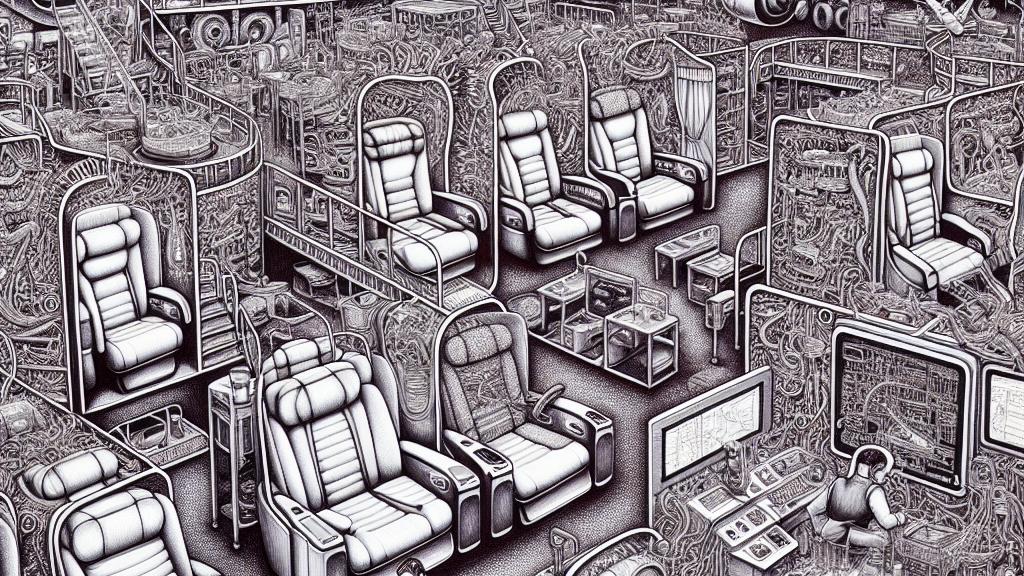Understanding Delays in New Airplane Deliveries Due to Fancy Seats
Overview
- First-class seat innovations are significantly slowing aircraft deliveries.
- Airlines chase luxury to captivate high-paying travelers.
- Complex certification processes hinder premium seat installations.

Luxury Seats Causing Hold-Ups
In the United States, major airplane manufacturers like Boeing and Airbus have recently revealed a startling truth: the growing demand for extravagant first-class and business-class seats is a leading cause of delivery delays for new aircraft. Just imagine: seats that heat and cool, sumptuous personal spaces with privacy doors, and even advanced entertainment systems. However, this isn't just about fitting stylish seats into airplanes. Each design must undergo rigorous safety certifications, making it a lengthy and intricate process. Consequently, manufacturers are essentially caught in a jam, leaving entire production lines stalled and impacting earnings. Airlines are scrambling to attract affluent travelers, but the reality is that as they await these lavish seating options, they risk losing money while their jets sit idle at the factories.
The Race for Luxury
The stakes are high as airlines race to captivate wealthy customers by rolling out deluxe seating options. Take Delta Air Lines, for instance. A standard economy ticket from New York to Paris may cost around $816, while opting for a plush Delta One seat can see the price balloon to an astounding $5,508! This stark contrast illustrates just how far airlines are willing to go to court high-paying clientele. They view offering opulent amenities as golden opportunities to boost their profits and enhance passenger experiences. Yet this frantic pursuit of luxury has ironically led to many aircraft gathering dust at production sites instead of soaring through the skies. It’s a curious, and somewhat unfortunate, irony that as airlines try to meet consumer expectations, they find themselves in delays that affect their bottom line.
Complicated Certification Processes
One significant factor contributing to these delays is the complex certification process for new seat designs. It's crucial to understand that this isn’t just about crafting comfy and stylish seats. Every element, from the seat structures to the intricate privacy features, must comply with stringent safety regulations, a requirement that takes considerable time and effort to fulfill. Regulators want to ensure that every innovation enhances passenger safety, particularly during emergencies. This is especially true when new designs diverge from traditional configurations, complicating approvals even further. Furthermore, the pandemic has exacerbated supply chain challenges, creating a perfect storm of issues for the aviation industry. As a result, airlines find themselves stuck in a frustrating limbo, yearning for new aircraft that can elevate their service offerings. Instead of showcasing their latest luxurious models, they remain grounded, ensnared in a web of innovation, regulation, and rapidly shifting market demands. What this ultimately means is a cautionary tale in the race for luxury, highlighting the challenges and complexities of modern airline operations.

Loading...